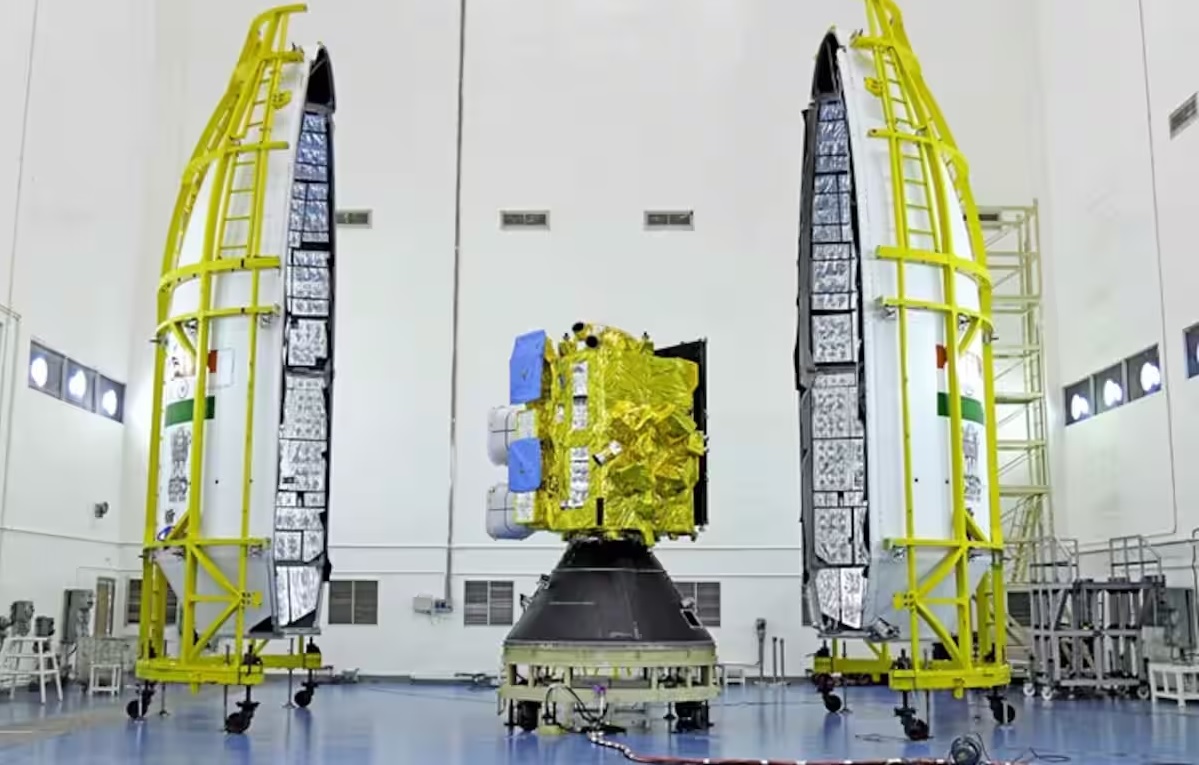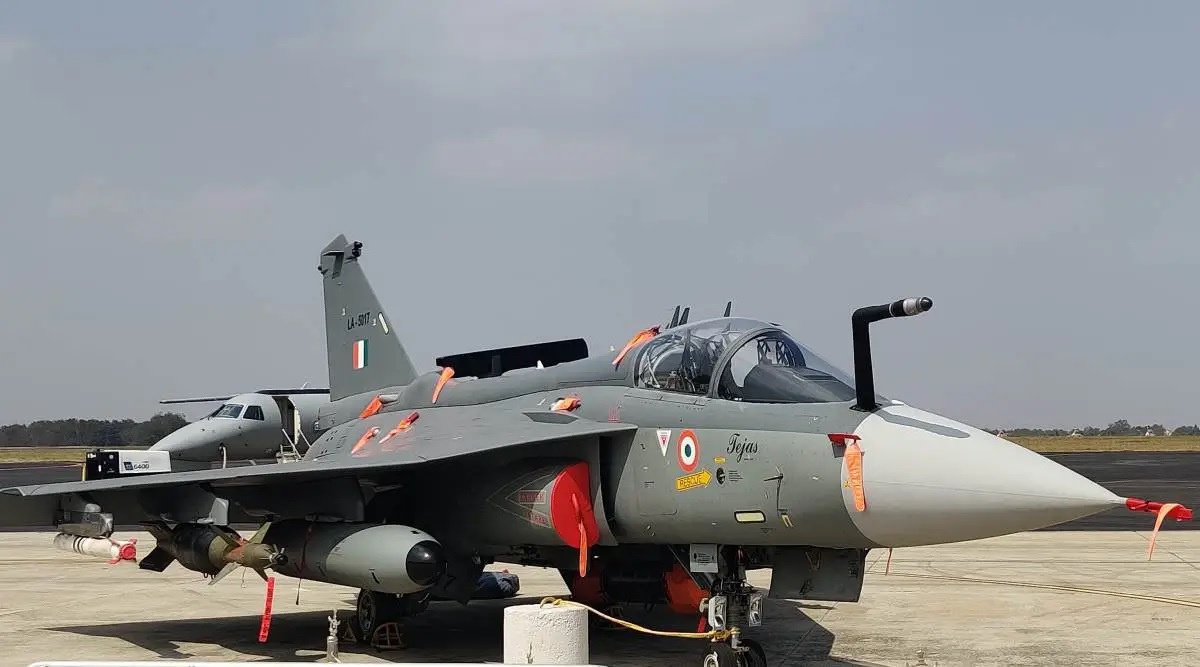INSAT-3DS Mission: All Four Planned Liquid Apogee Motor Firings Completed, says ISRO

Space news ,India :- The Indian Space Research Organisation (ISRO) shared an update about the recent launch of its weather satellite, INSAT-3DS. They announced that all four planned firings of the Liquid Apogee Motor (LAM) for the mission have been successfully completed. The spacecraft is now positioned in the geosynchronous orbit.
In a post on the social media platform 'X' (formerly Twitter), ISRO mentioned, "INSAT-3DS update: All four planned Liquid Apogee Motor (LAM) firings are completed. The spacecraft is now in the geosynchronous orbit." The spacecraft is expected to reach the In-Orbit Testing (IOT) location by February 28.
On February 17, ISRO launched INSAT-3DS aboard GSLV F14 from the Sriharikota spaceport in Andhra Pradesh. This satellite is designed to study weather forecasts and issue warnings for natural disasters.
INSAT-3DS is part of the Third Generation Meteorological Satellite mission in Geostationary Orbit, fully funded by the Ministry of Earth Sciences (MoES). It aims to enhance meteorological observations, monitor land and ocean surfaces for weather forecasting, and provide disaster warnings. The satellite is a collaborative effort involving Indian industries.
Various departments of the Ministry of Earth Sciences (MoES), including the India Meteorology Department (IMD), National Centre for Medium-Range Weather Forecasting (NCMRWF), Indian Institute of Tropical Meteorology (IITM), National Institute of Ocean Technology (NIOT), Indian National Center for Ocean Information Services (INCOIS), and other agencies, will use the INSAT-3DS Satellite data to improve weather forecasts and meteorological services.
The mission's primary objectives include monitoring Earth's surface, conducting oceanic observations, and analyzing the environment in different spectral channels of meteorological importance. Additionally, the satellite will facilitate Data Collection and Data Dissemination capabilities, as well as Satellite Aided Search and Rescue services.


